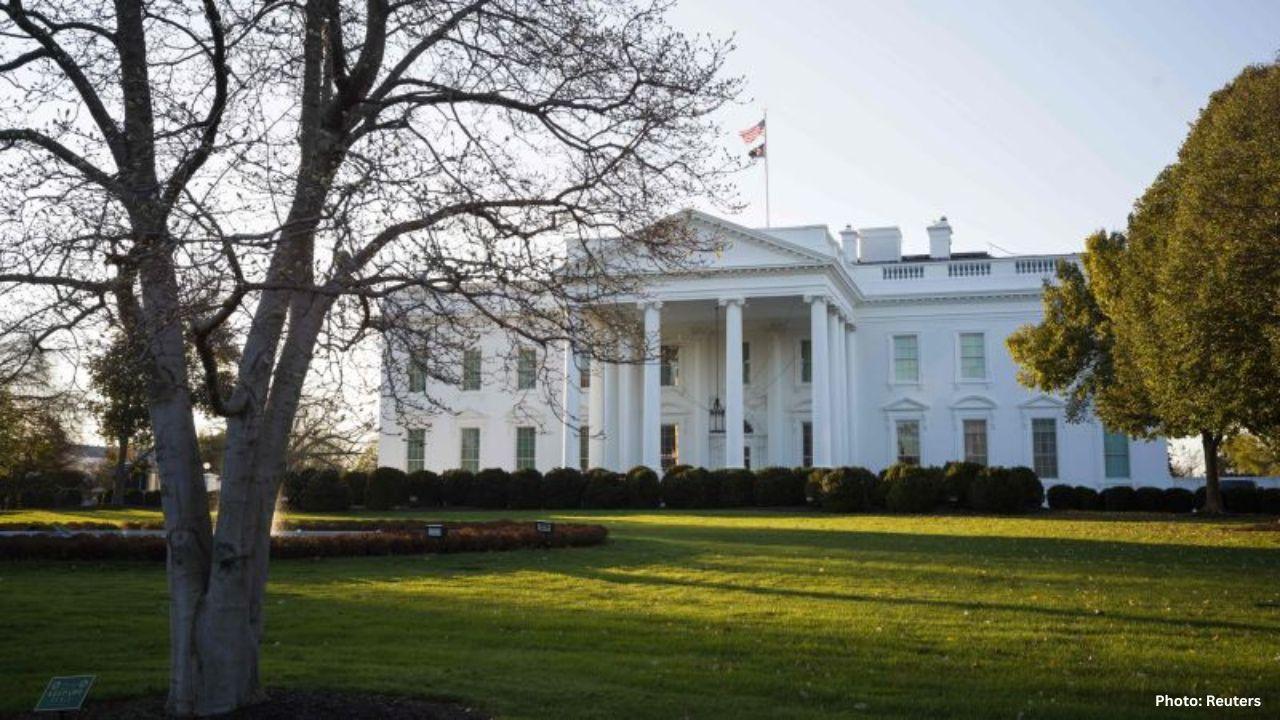
Post by : Monika
As of October 6, 2025, the United States federal government is facing a partial shutdown, now entering its sixth day. This shutdown is affecting a wide range of government services and offices, leaving many federal employees temporarily without pay and creating concerns about the broader impact on the economy and public services.
The shutdown occurred because Congress failed to pass a new budget, which is necessary to keep the government fully funded. The disagreement mainly centers on healthcare subsidies for low-income Americans.
While the subsidies are set to expire at the end of the year, lawmakers have not reached a consensus on how to continue funding them. The Republican-led Senate and President Donald Trump proposed a funding plan, but Senate Democrats rejected it. Democrats insist on extending healthcare subsidies as part of the budget, while Republicans argue that these issues should be addressed separately.
What the Shutdown Means
During a federal shutdown, many government offices either close or operate with minimal staff. Essential services, such as national security and law enforcement, continue to function, but other services, including certain administrative offices and support programs, may pause operations.
Federal employees are classified into two groups during a shutdown: essential and non-essential staff. Essential employees, such as air traffic controllers and TSA officers, are required to work, even though they may not be paid immediately. Non-essential employees are typically furloughed, meaning they are temporarily sent home without pay. This has created financial stress for many households that depend on regular federal paychecks.
Federal Workers and Pay
Federal employees have been heavily impacted by the shutdown. Reports indicate that thousands of federal workers in various departments are currently on furlough. These employees are uncertain when they will return to work or receive compensation.
A White House memo clarified that while federal workers will likely receive back pay once the shutdown ends, there is no guarantee regarding timing. Many employees worry about meeting their financial obligations, such as rent, mortgage payments, and utility bills, as their next paycheck is delayed.
Air traffic controllers and TSA officers are among the essential workers required to continue working. They have reported stress and anxiety due to the delay in paychecks, especially as October 14 approaches, which is when the first missed paychecks are expected.
Air Travel Disruptions
The shutdown is also affecting air travel across the United States. On October 6 alone, more than 4,000 flights were delayed due to staffing shortages at airports. Air traffic controllers and TSA officers continue to work under high stress, often without immediate compensation. These delays are impacting passengers, airline schedules, and airport operations, highlighting the broader effects of the federal shutdown on everyday life.
Political Background
The current shutdown reflects deep political disagreements in Congress. Lawmakers are divided on key issues, particularly healthcare subsidies and government funding priorities. The Republican-led Senate has rejected both Republican and Democratic funding proposals. Meanwhile, the House of Representatives is not in session, which limits options for immediate resolution.
President Trump has expressed a willingness to negotiate on the healthcare subsidies issue. However, Democrats have emphasized that any funding bill must include protections for low-income Americans who rely on healthcare assistance. This political standoff is a key reason the shutdown has persisted for six days.
Potential for Layoffs
While no federal employees have been officially laid off as of October 6, the White House has warned that layoffs could occur if the shutdown continues. A prolonged funding gap could force agencies to permanently reduce staff or close offices temporarily, which would have a significant impact on government operations and the workforce.
Layoffs would not only affect federal employees but also local economies that rely on government jobs and spending. Communities near federal offices may face reduced business activity and economic stress due to fewer active workers.
Government Funding and Agencies Affected
Approximately $1.7 trillion in federal agency funding is frozen during the shutdown. This affects a wide range of services and programs, from administrative offices to public health initiatives. Many agencies are operating with limited staff to handle essential operations while non-essential employees remain furloughed.
Programs related to social services, regulatory oversight, and administrative support are particularly affected. Citizens may experience delays in services such as passport processing, tax assistance, and business permits. The shutdown highlights the critical role government funding plays in maintaining day-to-day operations and public services.
Historical Context
The current shutdown, entering its sixth day, is now one of the longer shutdowns in U.S. history. The longest federal government shutdown lasted 35 days from December 2018 to January 2019. If the current impasse continues, it could surpass previous records and create more severe economic and social consequences.
Historically, federal shutdowns have caused widespread disruption for government workers and the public. Essential services continue to operate, but non-essential operations are paused, causing uncertainty and operational challenges.
Economic and Social Implications
Negotiation Efforts
Efforts to resolve the shutdown are ongoing, but progress is slow. The Senate is expected to vote on new funding proposals in the coming days. The outcome depends on whether both parties can reach a compromise on healthcare subsidies and overall government spending.
Negotiations are complicated by political disagreements, timing issues, and pressure from the public and federal employees. Lawmakers are aware that prolonged disruption could damage both their political standing and the economy.
Next Steps
The U.S. federal government shutdown, now in its sixth day, is causing significant challenges for federal workers, public services, and the broader economy. While essential services continue to operate, many employees are furloughed without pay, and air travel is experiencing disruptions. The ongoing disagreement between Republicans and Democrats over healthcare subsidies and budget priorities has stalled a resolution.
If the shutdown persists, layoffs and further disruptions may occur, affecting thousands of federal employees and local communities. Resolving the shutdown will require compromise and swift action from both Congress and the White House to restore normal government operations and provide stability for workers and citizens alike.
The situation underscores the importance of federal funding and political cooperation in ensuring the government functions effectively and serves the needs of the public.










NBA Friday Recap: Powerhouse Wins for Miami, LA, Milwaukee, and Clippers
Miami, LA Lakers, Milwaukee, and Clippers triumphed in a thrilling NBA Friday, showcasing standout p

Doncic Shines with 49 Points in Lakers' 128-110 Victory over Timberwolves
Luka Doncic dazzles with 49 points as the Lakers secure a 128-110 win against the Timberwolves, show

Kings Triumph Over Jazz 105-104 with Last-Minute Sabonis Effort
The Sacramento Kings edged out the Utah Jazz 105-104, with Domantas Sabonis making the decisive shot

Argentina's Friendly Match Against India Delayed, New Date to be Announced
The friendly match between Argentina and India in Kochi has been postponed due to FIFA approval dela

Rohit and Kohli Conclude ODI Journeys in Australia with a Victory
Rohit Sharma and Virat Kohli bid adieu to Australian ODIs with a final win, forming a 168-run partne

George Russell's Wrestling Mask Antics at Mexican Grand Prix
George Russell donned a wrestling mask to enjoy the Mexican Grand Prix from the stands, providing a